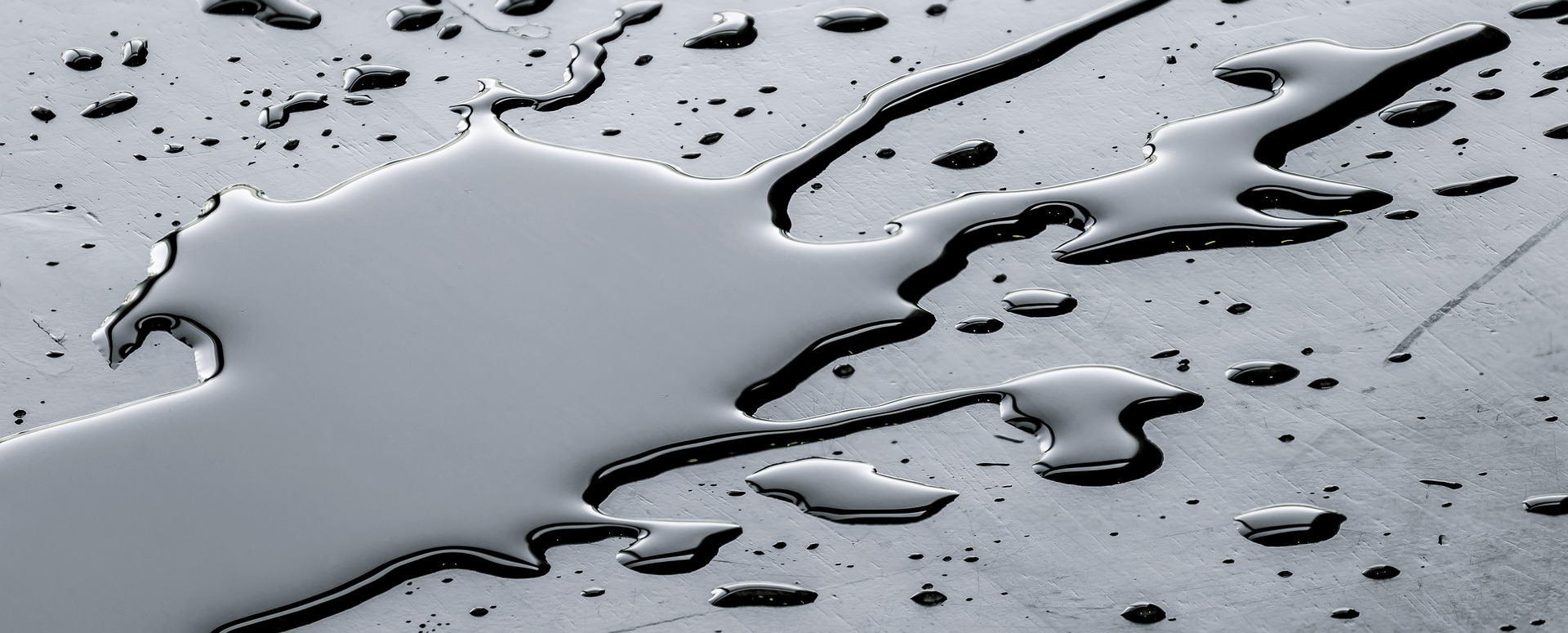
What are Weld Contaminants?
Anything and everything that is not the “stuff” being welded is a potential weld contaminant. Whether it be oil from machining, paper fibers, soapy water from a wash cycle, a sliver of plastic from your expensive non-marring table top, or even brown mustard from that London broil sandwich you had for lunch, these are going to put something unexpected into your end product.
Weld contaminants can be broken down into three categories.
- Organics – If it was ever alive, it will have carbon in abundance along with hydrogen, oxygen and nitrogen. Basically hydrocarbons. Each of these components has its own effect on your weld. Carbon typically hardens iron-based alloys, increasing crack susceptibility. Hydrogen often leads to embrittlement, oxygen has all sorts of effects good and bad, and nitrogen can be anything from harmless to utterly destructive. Examples are paper fibers, hydraulic oil, hair, a breadcrumb (really).
- Inorganics – Things that aren’t primarily carbon. Silicon-based contaminants, dirt, silt, sand, glass – these all end up in parts, leading to porosity, cracking, and sometimes complete lack of fusion. Ceramics from abrasives – some of these are innocuous, and others can lead to severe weld degradation and cracking, pitting, and general weakening of your components.
- Atmospherics – If your part is reactive, gasses and compounds floating around can wreak havoc in all kinds of ways through corrosion and conversion. These weld contaminants cause complex problems, such as porosity, and can really be tough to troubleshoot.
My material is contaminated. What now?
How you deal with weld contaminants depends greatly on what they are. Simple organic compounds can often be removed with an organic solvent like acetone, isopropyl alcohol, MEK, or something similar. Soapy water can be effective for oils as long as no soap residue is left behind. For some of the more persistent organics, an aggressive acid or alkaline cleaner may be necessary.
Inorganics like abrasive dust can be easy to remove by a quick dry wipe or with a lint free cloth and DI water. However for embedded particles, usually following a grinding operation, the solution can be quite challenging. Often progressive polishing or machining is in order and will entail removing enough of the weld surface to ensure all of the inorganics are gone.
Of course, the best way to deal with weld contaminants is to NEVER introduce them to begin with. My primary recommendation is to expose your parts to as few contaminants as possible. Clean them thoroughly after inspection, then seal them in clean packaging so they can’t come in contact with anything until it’s time to weld.
As always, talk to a pro before putting those parts on a truck to your welder! The experts are just a phone call away: 860-653-0111.